New York Cancer Hospital
This castle-like building in Manhattan helped destigmatize cancer in the 19th century.
When former President Ulysses S. Grant was diagnosed with throat cancer in 1884, the topic of the disease and its incurable nature became a point of national discussion. That same year, the cornerstone of this unique historic building in New York City was laid at 455 Central Park West.
This bold and unusual piece of architecture on the Upper West Side is also a reminder of a fascinating bit of U.S. medical history. The building was formerly the New York Cancer Hospital, the first U.S. hospital built specifically to research and treat the disease.
At the time of Grant’s diagnosis he was living in Upper Manhattan, and a group of prominent wealthy New Yorkers including John Jacob Astor banded together to found the Cancer Hospital. The disease was misunderstood and highly stigmatized at the time, thought to be contagious and shameful. Upon the dedication of the hospital Grant’s physician helped inform the public that cancer wasn’t caused by bad habits or sanitation but could affect anyone, rich or poor. When Grant died the following year, it further raised awareness of the disease and kicked into motion efforts to find a better treatment or cure.
The building’s unique design — it’s often remarked it looks more like an art museum than a hospital — helped serve this purpose. Brownstone towers were constructed on the exterior, creating circular wards that allowed better observation of and access to patients. The round design was also intended to stop germs and dirt from accumulating in corners and air shafts were installed in the center each tower to deter stagnant air. Due to the number of patient deaths, a crematorium was installed in the basement; the haunting smokestack is still visible today.
The hospital was the site of many medical innovations. By 1899, the name changed to General Memorial Hospital for the Treatment of Cancer and Allied Diseases and it served as a hub for research on radiation therapy in the early 1900s. The practice eventually moved to its current location on the east side of Manhattan, known today as the Memorial Sloan-Kettering Cancer Center.
The brownstone building, meanwhile, became a nursing home and like much of New York City went into decline and closed in 1974, but was designated a historic landmark in 1976. Today the building hosts mostly luxury condominiums, but it lives on as a striking piece of late 19th century gothic architecture that marks a crucial turning point in the history of public health.

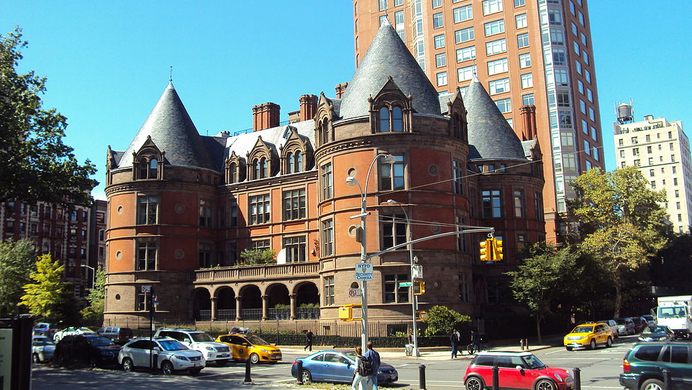

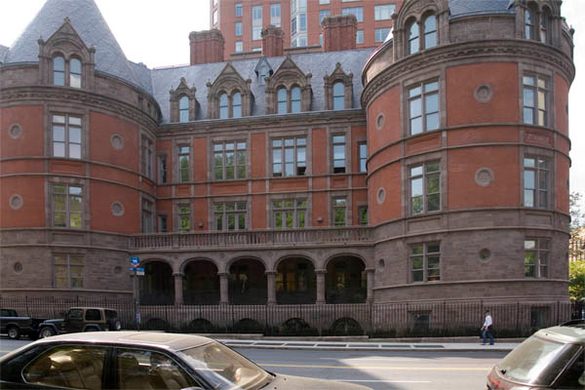
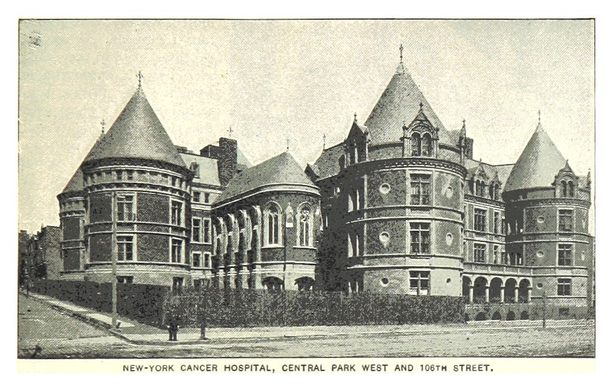






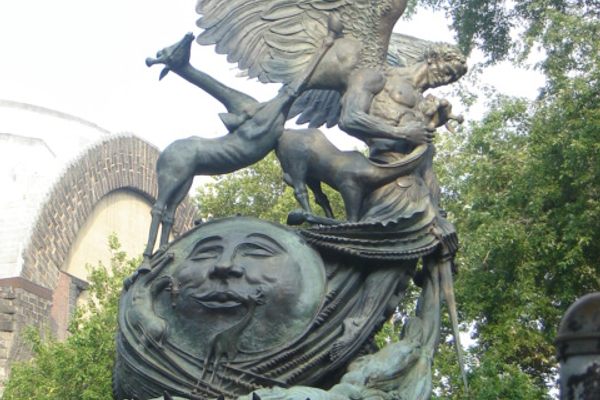



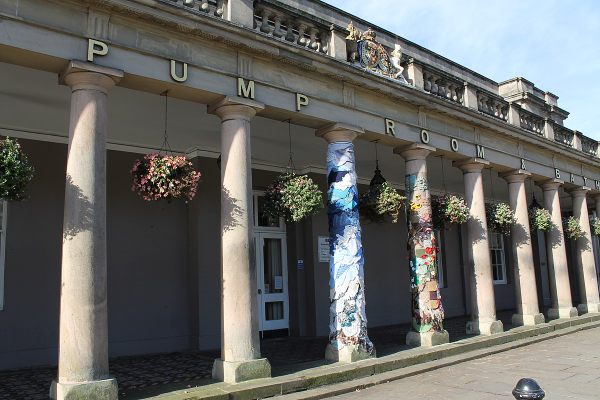


Follow us on Twitter to get the latest on the world's hidden wonders.
Like us on Facebook to get the latest on the world's hidden wonders.
Follow us on Twitter Like us on Facebook